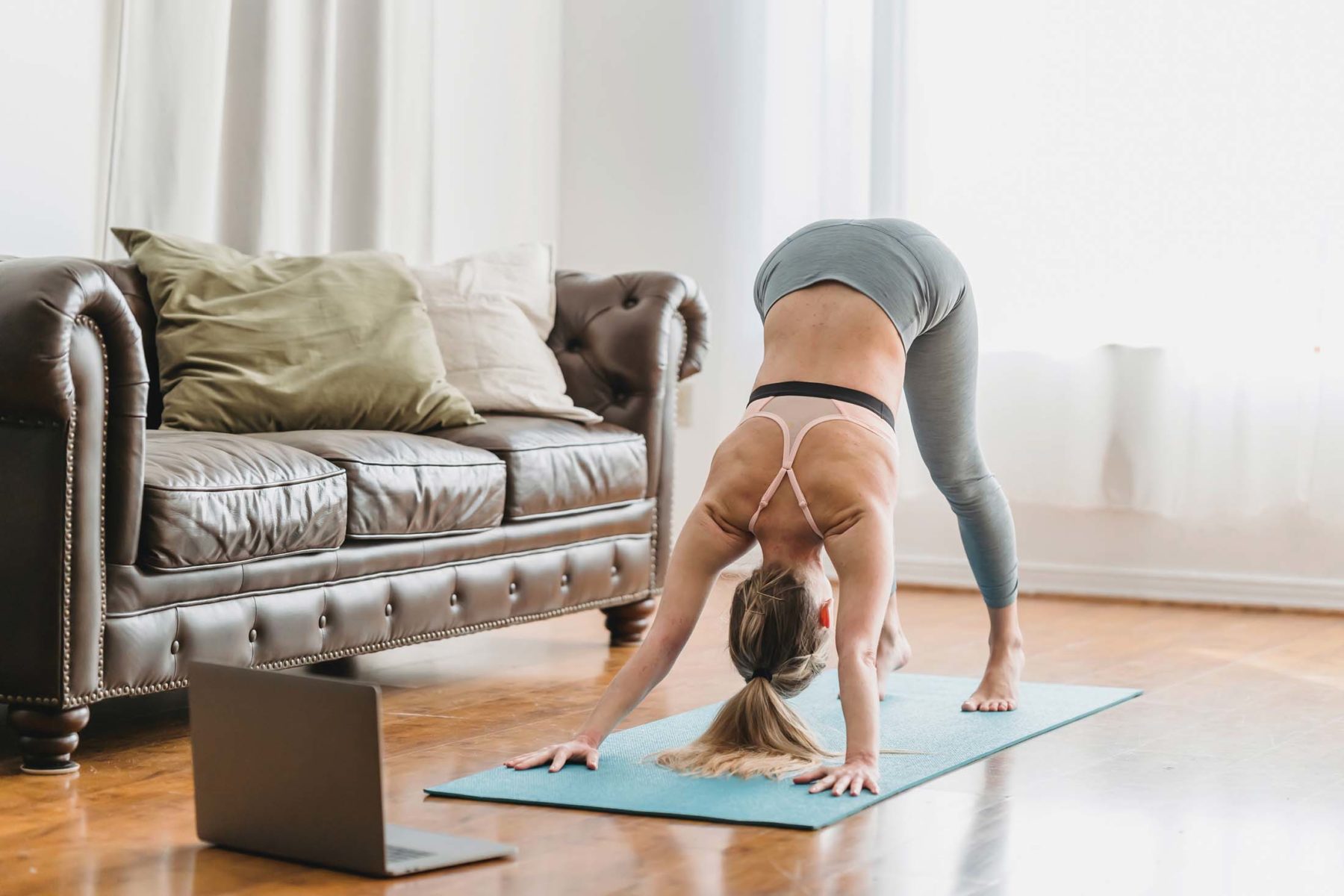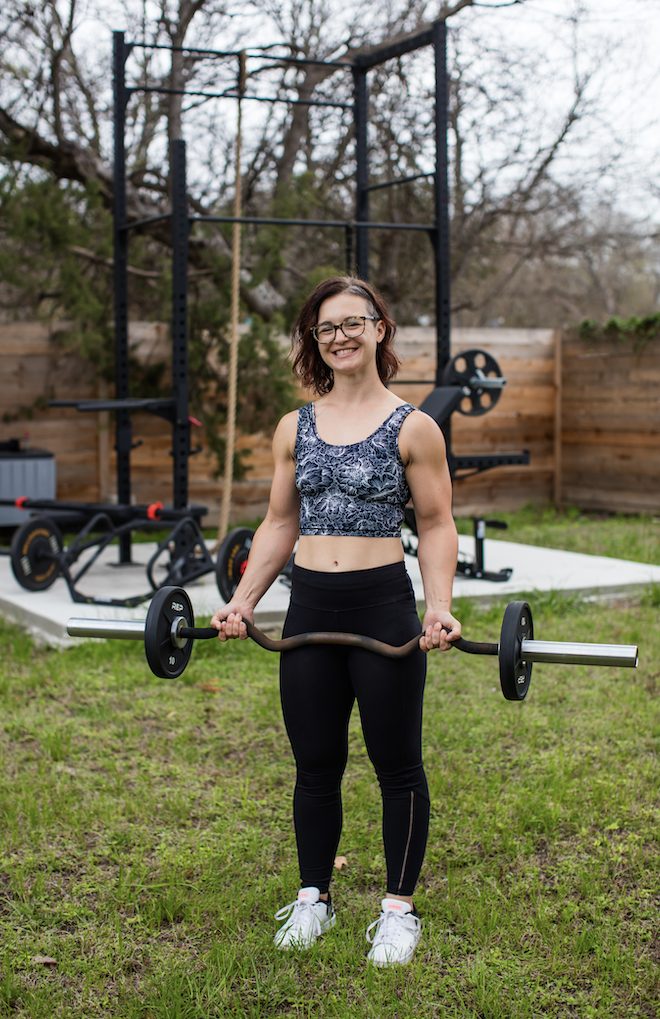Pandemic Fitness Trends That Are Here to Stay

At the start of 2021, we were hopeful for a year that would feel more “normal” so we could move forward from the impact 2020 had on the fitness industry. What started with an estimated two-week shutdown in March of last year snowballed into a new reality that was challenging to navigate for many industries, including the fitness world. When you’re in the business of coaching indoor group classes or training people one-on-one, a pandemic certainly complicates things.
But with this uncertainty came new opportunities to grow fitness practices differently and allow more flexibility with the way that people access trainers, group fitness and other services. What started as something that felt impossible has led to creative new ways of connecting fitness to the public, and some of these changes are here to stay.
Small group fitness studios were hit particularly hard and had to pivot every aspect of their business to stay accessible for their clients. In a small studio setting where regulars become a family, the gym closures and regulations were tough to navigate. Group fitness sessions draw people together who need to be around others when working out – to feel like a part of a community where they can feed off of the energy and motivation that comes from a group setting. When you’re a group fitness fanatic, the thought of working out alone from home isn’t particularly motivating.
Technology helped bridge the gap between home workouts and group fitness. Through Zoom and other video platforms, studios could offer online classes, allowing regulars to work out in real time with their favorite instructors and see the smiling faces of their gym friends from the comfort of their living rooms and back yards. Offering live classes online helped people feel a sense of community while also mitigating the mental health challenges of not having a schedule to adhere to during a long stretch of working, living and playing from home.
While the livestream class formats may not stick around for brick-and-mortar fitness studios, they’ve allowed individual group fitness instructors to grow their own business by offering subscriptions and drop-ins for online classes via their websites or social media. This trend allows fitness communities to include clients from across the globe, fall in love with instructors and exercise modalities they may not have considered pre-pandemic.
 For those who couldn’t make online class times or didn’t have as strong of a need to interact with others during their workout, on-demand classes were offered so they could access the workouts anytime and anywhere. For studios that no longer need to offer livestream options, this has allowed them to build a library of classes that can be readily accessible for their members at any time. It also sets them up for success for whatever the future holds, be it another pandemic-level event or even a week of closure for weather or studio maintenance.
For those who couldn’t make online class times or didn’t have as strong of a need to interact with others during their workout, on-demand classes were offered so they could access the workouts anytime and anywhere. For studios that no longer need to offer livestream options, this has allowed them to build a library of classes that can be readily accessible for their members at any time. It also sets them up for success for whatever the future holds, be it another pandemic-level event or even a week of closure for weather or studio maintenance.
Personal trainers also had a unique opportunity to switch to online sessions, offering their one-on-one sessions from home and utilizing whatever equipment clients had available. For trainers, this was a fun challenge to offer the same quality training as a studio setting with less equipment, less space and more creative workouts.
As things have started to settle, in-person training is back in full force, but some clients still opt to continue their training virtually. For some, the pandemic offered an opportunity to move across the country with remote work, and virtual training meant they could continue working with the trainer they’ve developed a strong relationship with. For others, not taking the time to commute to the gym made their day smoother for work, parenting and other obligations. Online training sessions have also allowed trainers to connect with a wider audience, growing their client base with less geographic limitations.
Some personal trainers and studios also offered training programs, whether app-based, through an e-book or on a good old-fashioned spreadsheet, which offered a full training plan that could be followed at the client’s pace. While many trainers have offered similar programs in the past, the increase in people working out from home with limited equipment provided a unique opportunity for trainers to share ways to still get a complete training session in their own time and see progress. For those with a busy schedule, a self-paced four- or six-week program is infinitely more manageable than consistently committing to specific days of the week for training. Most of these programs still have check-ins with a trainer for progress and support.
While a lot of the changes during the pandemic will slowly disappear, the increased use of technology and remote training will continue to grow. The convenience for clients, increased reach of trainers and flexibility of the offerings helped so many stay strong and healthy during a challenging time. The slight stumble trainers and fitness studios experienced as they worked out the kinks when starting online offerings has allowed for a more diverse and accessible fitness industry, which is hopefully here to stay.
About the Author

Sarah Leahy is a Minneapolis transplant in East Austin, certified personal trainer, award-winning interior designer and former gym owner. She offers in-person and online training with an emphasis on strength training and building confidence in and out of the gym. Leahy’s passion for strength extends to your business, with a full offering of gym design and business consulting services.






